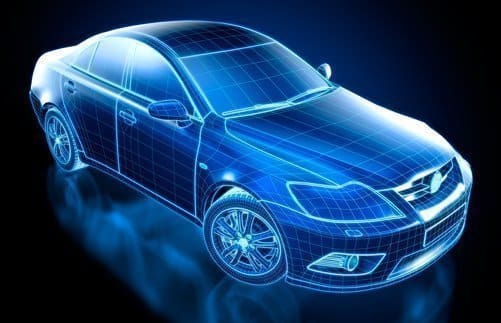The answer depends on the standard applied. If you are applying UN ECE Regulation 10, dynamometer or axle stands is required.
ECE R10 is one of the regulations published by UNECE for automotive industry. It is defining EMC requirements of the vehicles and electronic sub assemblies (ESAs) used in automotive. Annex 6 of ECE R10 is the Method of testing for immunity of vehicles to electromagnetic radiation. In this annex dynanometer is mentioned as follows:
The engine shall normally turn the driving wheels at a steady speed of 50 km/h if there is no technical reason due to the vehicle to define a different condition. For vehicles of categories L1 and L2 the steady speed shall normally be turned at 25 km/h. The vehicle shall be on an appropriately loaded dynamometer or alternatively supported on insulated axle stands with minimum ground clearance if no dynamometer is available. Where appropriate, transmission shafts, belts or chains may be disconnected (e.g. trucks, two- and three-wheel vehicles).
Since this immunity test shall be performed at 50 km/h dynanometer is mostly the used way. As an alternative insulated axle stands can also be used provided that all normal operation conditions are provided during the test.
If you are testing a vehicle according to UN ECE R10, you should place the vehicle either on a dynamometer or insulated axle stands for full compliance testing. Test location (anechoic chamber or open area) shall fulfil this requirement.

Recent Comments